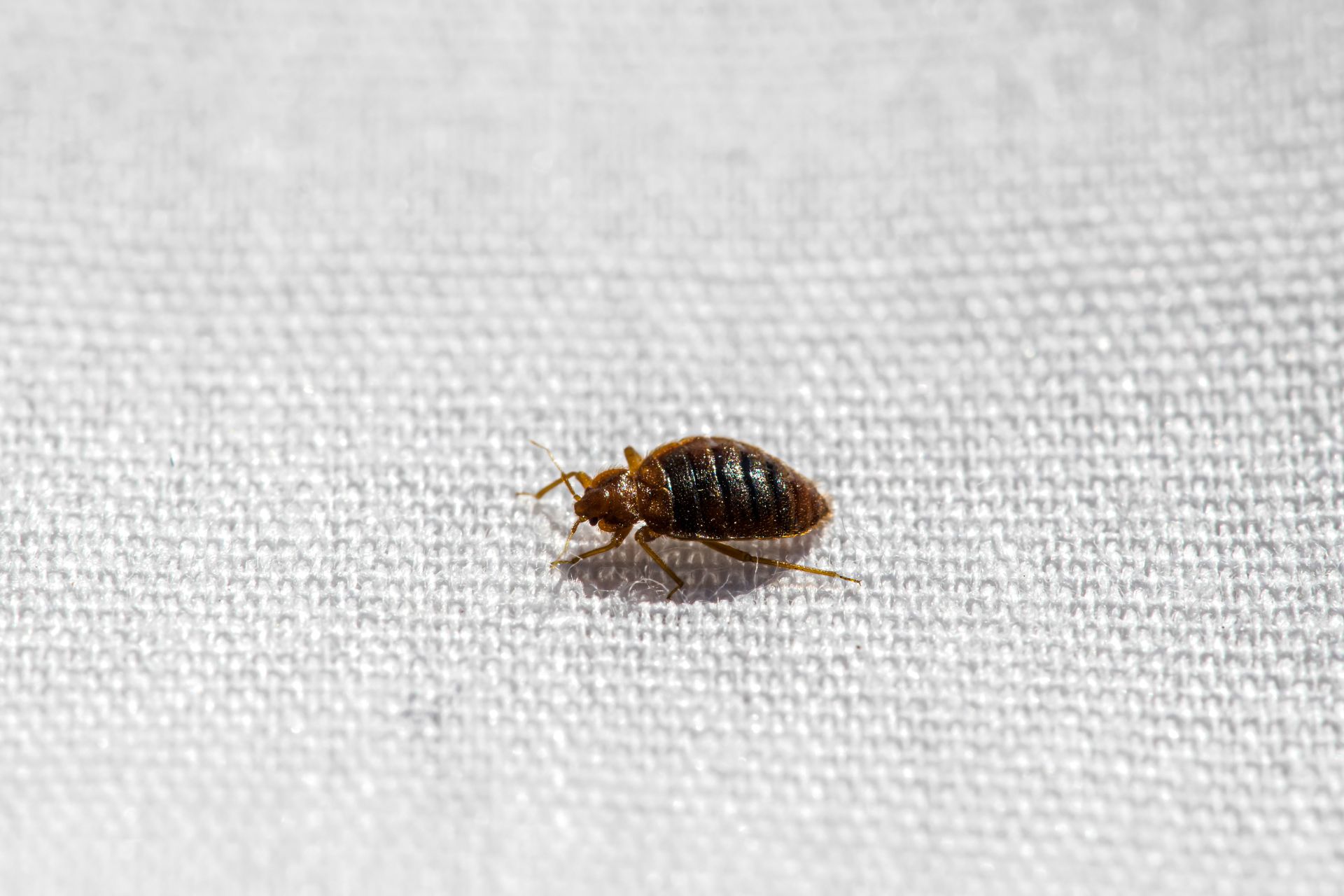Common Bathroom Bugs
Finding tiny bugs in your bathroom can be a disturbing experience, but it’s important to understand that these creatures are often attracted to the same things that make your bathroom a comfortable space for you: moisture and warmth. Identifying the type of bug you’re dealing with is crucial to understanding its habits and how to prevent it from returning.
Types of Bathroom Bugs
Common bathroom bugs are typically small, often less than a quarter-inch long, and come in a variety of colors, from brown to black to white. They are attracted to damp environments, making the bathroom a prime location for them to thrive.
- Silverfish: These wingless insects are about half an inch long and have a silvery, iridescent body. They prefer dark, damp places and are often found in bathrooms, kitchens, and basements. Silverfish are known to feed on starches, sugars, and other organic materials. They are attracted to wallpaper paste, book bindings, and even clothing.
- Springtails: These tiny insects are only a few millimeters long and have a forked tail that allows them to jump. They are typically found in damp environments, such as bathrooms, kitchens, and basements. Springtails are attracted to decaying organic matter and can be found in areas with high humidity.
- Pill Bugs: These crustaceans, often mistaken for insects, are about half an inch long and have a segmented, rounded body. They prefer moist environments and are often found in bathrooms, gardens, and under rocks. Pill bugs are scavengers and feed on decaying organic matter. They can roll into a ball when disturbed, giving them their name.
- Earwigs: These insects have distinctive pincers at the end of their abdomen. They are typically about half an inch long and are attracted to dark, damp places. Earwigs are omnivorous and will feed on both plant and animal matter. They are known to damage plants, but they also eat other insects.
- Drain Flies: These small flies are about 1/8 inch long and have a distinctive hairy body. They are often found near drains, as their larvae feed on organic matter in drains. Drain flies are attracted to moisture and warmth, making bathrooms a prime location for them to breed.
Causes of Bathroom Bugs: Small Bugs In My Bathroom

A bathroom’s environment can inadvertently attract unwanted guests—bugs. These tiny creatures are drawn to the perfect conditions your bathroom offers, leading to infestations.
Moisture and Humidity
Moisture is a key factor in attracting bugs to your bathroom. Bugs, especially those that prefer damp environments, thrive in moist conditions.
- Leaky faucets, pipes, or showers can create areas of persistent moisture.
- Poor ventilation allows humidity to accumulate, creating a welcoming environment for bugs.
- Inadequate drying after showering or bathing can lead to the growth of mold and mildew, which are attractive to certain bugs.
Effective Bug Control Methods
Eliminating small bugs from your bathroom requires a multifaceted approach that combines effective control methods with preventive measures. This involves understanding the specific bugs you’re dealing with, their habits, and the most effective ways to target them.
Using Pesticides
Pesticides can be effective in eliminating bathroom bugs, but it’s crucial to use them responsibly and safely.
- Choose the Right Pesticide: Identify the type of bug you’re dealing with and select a pesticide specifically designed for that species.
- Follow Label Instructions: Always read and follow the instructions on the pesticide label carefully. This includes information on application methods, safety precautions, and waiting times before re-entering the bathroom.
- Target Specific Areas: Apply pesticides directly to areas where bugs are most active, such as cracks, crevices, and around plumbing fixtures.
- Ventilation: Ensure adequate ventilation while applying pesticides and after application. This helps to prevent buildup of harmful fumes.
- Safety Precautions: Wear protective gear, such as gloves, masks, and eye protection, when handling pesticides. Keep children and pets away from treated areas until the waiting time specified on the label has elapsed.
Using Traps
Traps offer a less toxic alternative to pesticides and can be effective in catching and eliminating bugs.
- Sticky Traps: These traps are coated with a sticky substance that traps bugs when they come into contact with them. Place sticky traps in areas where bugs are frequently seen.
- Insect Light Traps: These traps use ultraviolet light to attract insects and then trap them in a container. Insect light traps are particularly effective for flying insects like moths and flies.
- Bait Traps: Bait traps contain a substance that attracts bugs and then traps them. The type of bait used depends on the specific type of bug.
Other Control Measures, Small bugs in my bathroom
In addition to pesticides and traps, other control measures can help eliminate bathroom bugs.
- Seal Cracks and Crevices: Bugs can enter your bathroom through cracks and crevices in walls, floors, and around plumbing fixtures. Seal these openings with caulk or sealant to prevent entry.
- Clean Regularly: Regular cleaning helps to remove food sources and breeding grounds for bugs. Pay particular attention to areas around the sink, toilet, and bathtub.
- Reduce Moisture: Bugs thrive in moist environments. Use a dehumidifier to reduce humidity levels in your bathroom.
- Proper Ventilation: Ensure adequate ventilation in your bathroom by using an exhaust fan during and after showers.
